(Ⅲ)Water & Electricity Safety
Water & Electricity Safety
ⅠElectricity Safety
1.The capacity and plug of laboratory circuit should match the power output of all the eq- uipment and device. Install air switch, leak- age protector. For devices that requires high power, use a separate circuit.
2.Make sure all the electrical appliances are in good condition before power on.
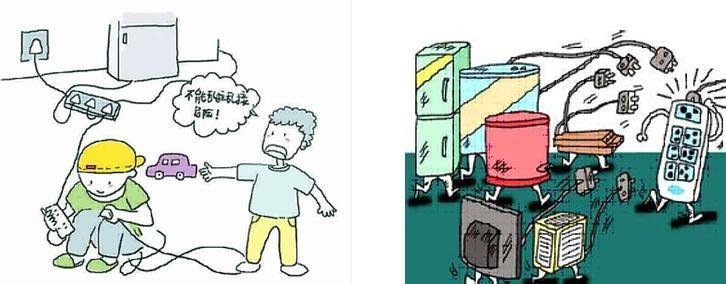
Water & Electricity Safety
ⅠElectricity Safety
3.Electrical appliances should be in good cooling condition, and kept away from heat or flammable items. Make sure the ground co- nnection and zero connection of appliances are appropriate.
4.Do not take apart, change or fix electrical appliances on your own. Do not splice electric wires. Do not use knife switch, wooden switch panel or mold- ings.
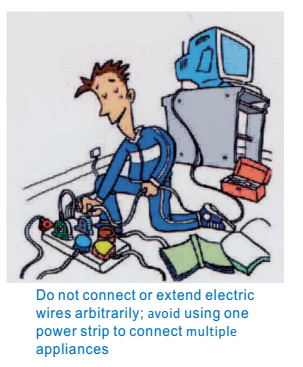
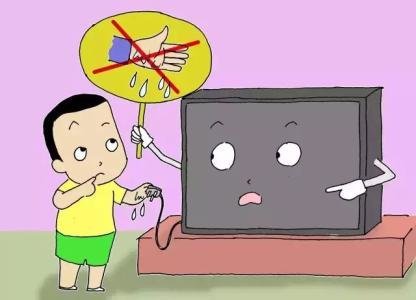
Water & Electricity Safety
ⅠElectricity Safety
5.When using electrical appliances, please keep hands dry. When hands, fe- et or other body parts touch wet floor, do not power on or touch electrical ap- pliances charged with electricity.

Water & Electricity Safety
ⅠElectricity Safety
6.For electrical appliances that have been working for a long time, necessary protective precautions should be taken.
7.For dangerous zones having high voltage and large currents, caution signage should be posted to warn people to stay away.

Water & Electricity Safety
ⅠElectricity Safety
8.For the places storing flammable, expl- osive chemicals, avoid creating electric sparks or static electricity.
9.When any electrical appliances catch fire, switch off the power first before using water or fire extinguisher to put out fire. If it is impossible to cut off the power, quench the fire using non-conduction extinguishing agent like powder extinguishing agent or CO2.
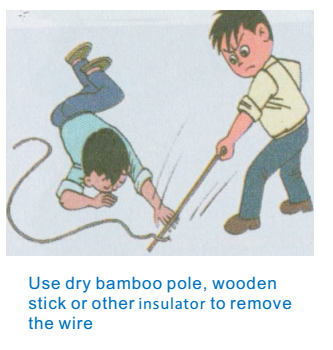
Water & Electricity Safety
ⅡElectric Shock First Aid
1.Remove the Person in Electric Shock From the Power Source as soon as Possible
Turn power off or unplug the power source. If it is impossible to identify or turn off the power source, use an insulator like a dry wooden stick or a bam- boo pole to remove the wire. Do not touch the objects charged with electric- ity or the body of the person in shock.
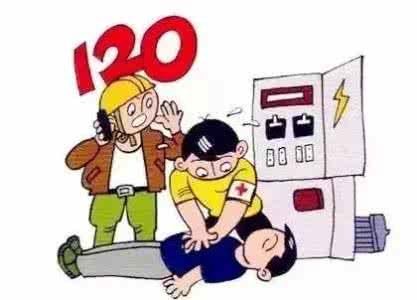
Water & Electricity Safety
2.Provide First Aid and Call for Ambulance
Once the person is removed from electricity, lay the person on the back so- mewhere dry and well ventilated. If the person shocked stops breathing and is in cardiac arrest, make sure the respiratory tract is clear before perform- ing first aid measures including resuscitation and chest compression. Mea- nwhile, dial 120 for an ambulance so as to send the wounded to hospital as soon as possible. Keep performing Cardio Pulmonary Resuscitation (CPR).
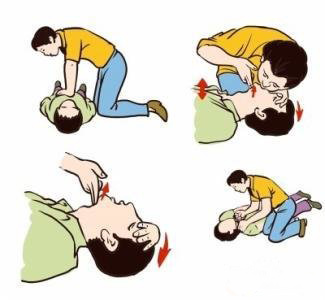
Water & Electricity Safety
3.Essentials of Resuscitation
3.1 Lift the chin of the wounded, remove foreign matters in the mouth to keep the respiratory tract clear.
3.2Pinch the nose of the wounded, blow air into the body via mouth to mouth at an interval of 1 to 1.5 second, 12-16 times per minute.
3.3If the mouth is tightly shut, perform mouth to nose resuscitation proce- dures. Make sure no leakage of air through the mouth.
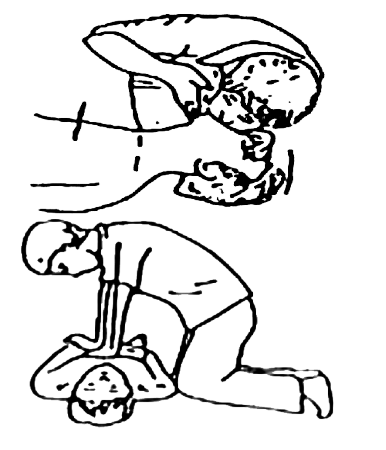
Water & Electricity Safety
4. Initiatives of Chest Compression
4.1Identify the spot or chest for admi- nistering chest compression. To pr- ess correctly, use the index and mi- ddle finger of right hand to locate the midpoint between the rib and br- eastb-ones; place the middle finger at this po-int, and the index finger under the breastbone. Place the ot- her palm on the breastbone.
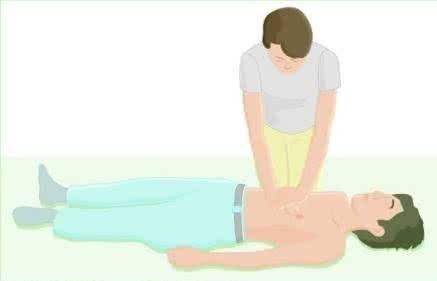
Water & Electricity Safety
4. Initiatives of Chest Compression
4.2 Press with the same gesture. Strai-
ghten both arms. Do not bend the elbows. Place one hand above the other. Press the breastbone vertically down 3-5cm before each release.
4.3 Press at a constant speed of 80 times per minute.

Water & Electricity Safety
Ⅲ Water Safety
1. Learn about the location of water valves in lab buildings.
2. When the water tap or pipe is leaking or blocked, fix or dredge it in a timely manner.

Water & Electricity Safety
Ⅲ Water Safety
3. The sink and sewage system should remain unobstructed.
4. Make sure that once the water tap is turned on, it will not be left unattended.

Water & Electricity Safety
Ⅲ Water Safety
5. Check regularly if the hose connecting cooling water device is aging and ch- ange it promptly to prevent leaking.
6. For unattended water flow processes, make sure precautionary measures are in place.